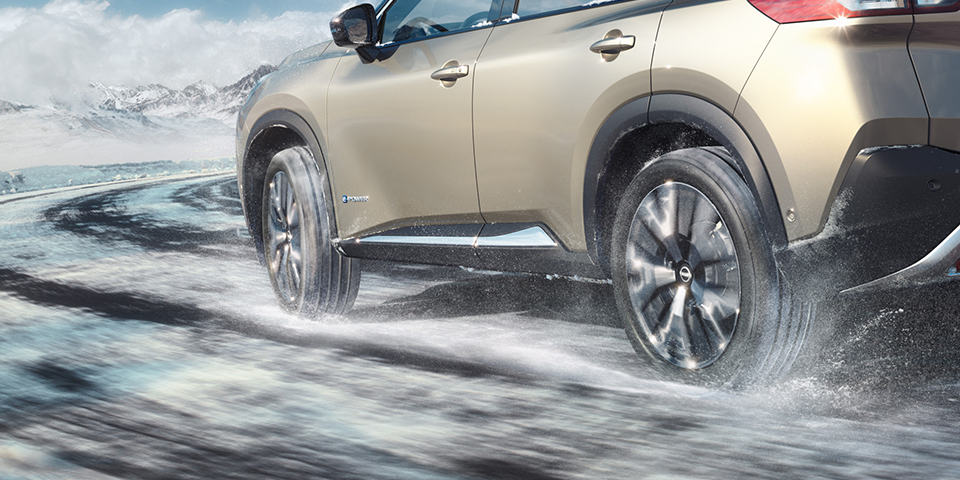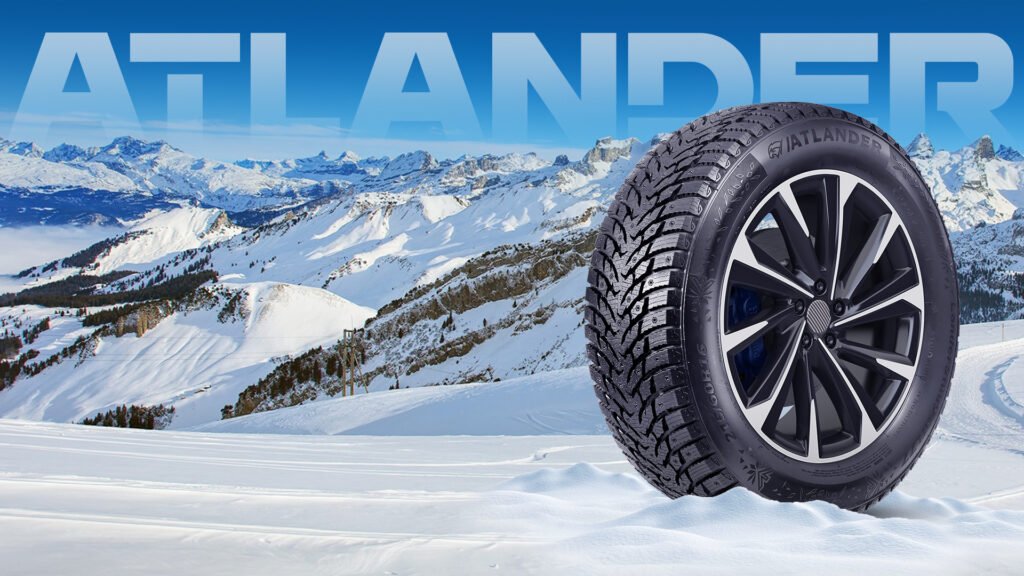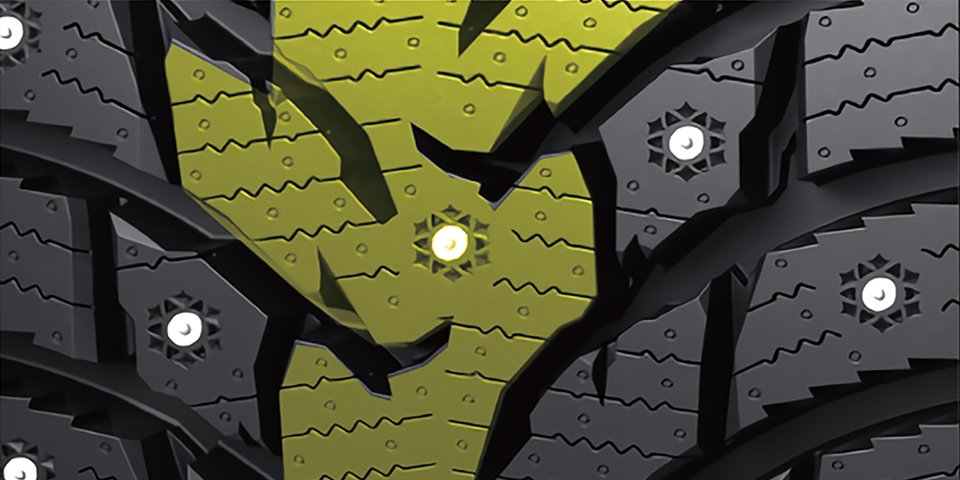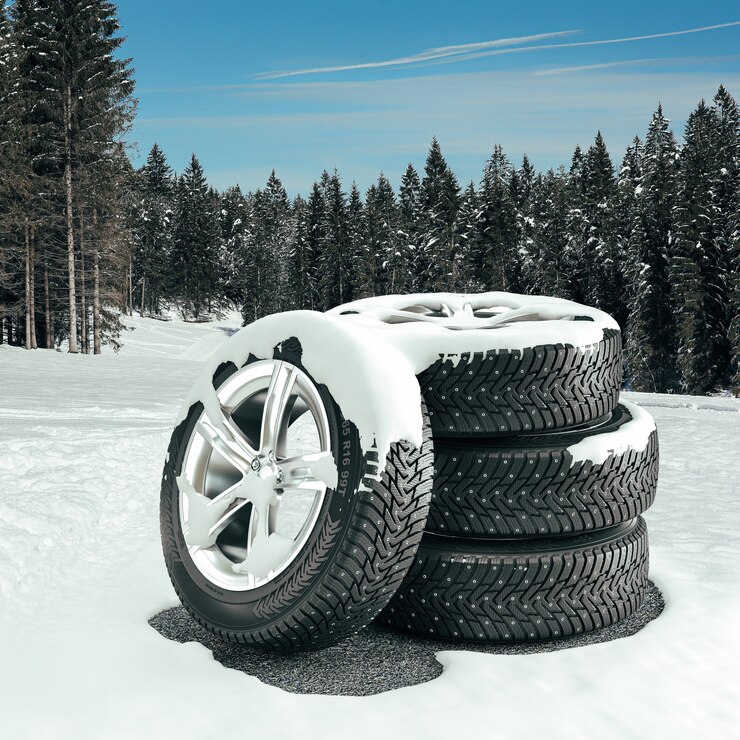When the cold weather sets in and winter storms begin to blanket the roads with ice and snow, ensuring your vehicle is equipped with the right tires becomes crucial. Winter tyre selection directly impacts winter driving safety, especially when navigating snow-covered or icy surfaces. Choosing the correct snow tyres can make all the difference in preventing accidents and maintaining control of your vehicle during harsh winter conditions. In this article, we will explore key considerations for winter tire selection and how they contribute to overall driving safety on winter roads.
Why Winter Tyres Are Essential for Safe Winter Driving
Winter driving conditions can be extremely challenging. Ice and snow reduce traction, making it difficult for a vehicle to grip the road. Using standard all-season tyres can significantly increase your risk of accidents due to their inability to handle these hazardous conditions effectively. On the other hand, winter tyres are specifically designed to provide enhanced traction, stability, and control in low temperatures and on slippery surfaces.

Winter tyres are made from a special rubber compound that remains flexible even in extremely cold weather. This allows the tyres to maintain better contact with the road, which is essential for safe braking, cornering, and accelerating in icy or snowy conditions.
The Importance of Tyre Tread Design
One of the most significant differences between winter tyres and regular tyres is the tread pattern. Winter tyres have deeper, more aggressive tread patterns that are optimised for snow and ice traction. These patterns help to expel snow and water from beneath the tyre, reducing the risk of hydroplaning and improving grip on icy roads.

Winter tyres are also equipped with sipes, small slits in the tread, which increase the number of edges that grip the road surface. This makes a significant difference in winter driving safety, as it helps the tyre to bite into snow and ice more effectively than a regular tyre.
Choosing the Right Snow Tyre for Your Vehicle
Not all snow tyres are created equal. When selecting the right tyres for your vehicle, it’s essential to consider several factors to ensure they meet your driving needs.
Tyre Size: Make sure the tyre size is appropriate for your vehicle’s make and model. Check the specifications in your vehicle’s manual or consult with a tyre specialist to ensure a perfect fit.
Tyre Type: There are two main types of winter tyres:
Studless Tyres: These tyres provide excellent performance in both snow and ice without the use of metal studs. They are perfect for regions where snow and ice are common but not overly extreme.
Studded Tyres: Studded tyres are equipped with metal studs that provide superior grip on icy surfaces. However, they can be noisy on dry roads and are illegal in some areas due to their potential to damage road surfaces.
Driving Conditions: Consider the specific winter conditions in your region. If you live in an area that experiences heavy snowfall and icy roads regularly, studded tyres may be your best option. For areas with less extreme conditions, studless tyres may provide enough grip while offering a quieter and smoother ride.

Key Factors Affecting Winter Tyre Performance
When selecting winter tyres, it is important to keep in mind several key factors that can influence their performance:
Temperature: Winter tyres are designed to work best when temperatures consistently dip below 7°C (45°F). At higher temperatures, winter tyres can wear out quickly and may not perform as efficiently as all-season tyres.
Tyre Pressure: During cold weather, tyre pressure tends to decrease, which can reduce tyre performance and safety. Make sure to check your tyre pressure regularly, as proper inflation is essential for optimal tyre performance.
Road Conditions: Consider the typical road conditions in your area. If you frequently drive on highways or main roads, you might need a tyre with better highway stability. If your commute takes you on rural roads or through mountain passes, you’ll need tyres that can handle deep snow and more rugged terrain.

The Benefits of Winter Tyres
Investing in winter tyres is not just about safety; it’s about enhancing your driving experience. Here are some key benefits of winter tyres:
Improved Traction: As mentioned earlier, winter tyres are specifically designed to provide superior traction on snow, ice, and slush. This improves your ability to stop, steer, and accelerate without losing control of the vehicle.
Better Braking Performance: Winter tyres can reduce stopping distances in cold and icy conditions, potentially preventing accidents.
Increased Longevity of All-Season Tyres: By using winter tyres during the colder months, you can prolong the life of your all-season tyres, as they won’t be exposed to the wear and tear of harsh winter conditions.
Enhanced Comfort: Many modern winter tyres are designed to provide a quieter and smoother ride compared to older models, offering greater comfort during winter driving.
When it comes to winter driving safety, having the right snow tyres can make a world of difference. By selecting winter tyres that are appropriate for your vehicle and driving conditions, you can ensure better traction, control, and overall safety on icy and snow-covered roads. Remember, winter tyre selection isn’t just about performance; it’s about peace of mind when you hit the road during the colder months. Stay safe, and make sure your vehicle is properly equipped for the winter season.
Frequently Asked Questions (FAQ)
1. When should I switch to winter tyres?
It’s recommended to switch to winter tyres once the temperature consistently drops below 7°C (45°F) to ensure optimal performance.
2. Are studded tyres better than studless tyres?
Studded tyres offer better grip on icy roads but can be noisy and may cause road damage. Studless tyres are a good alternative for regions with moderate snow and ice conditions.
3. Can I use winter tyres all year round?
Winter tyres are designed for cold temperatures and perform poorly in warmer conditions. It’s best to switch back to all-season or summer tyres once the weather warms up.
4. How can I ensure my winter tyres last longer?
Keep your winter tyres properly inflated, avoid excessive high-speed driving, and regularly check the tread depth to ensure optimal performance throughout the season.








